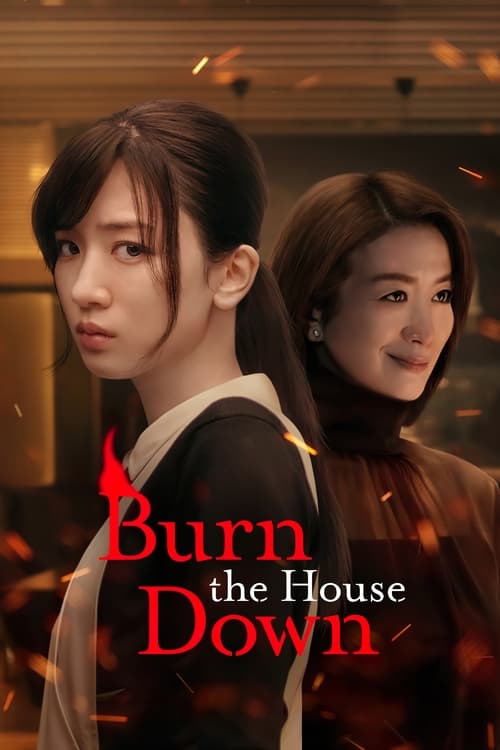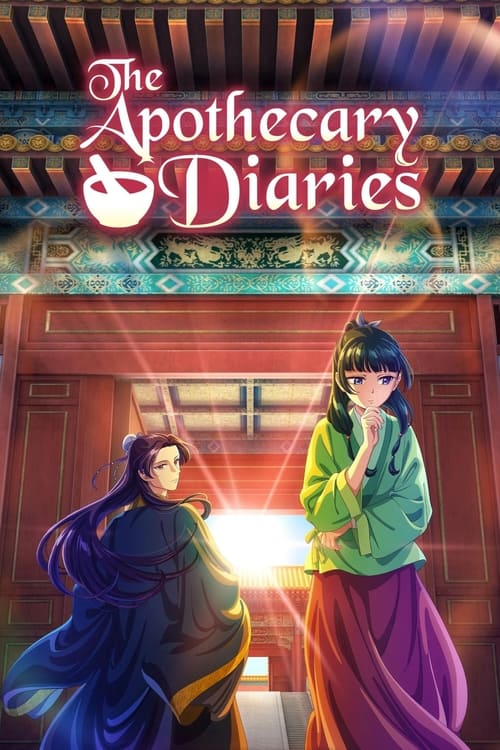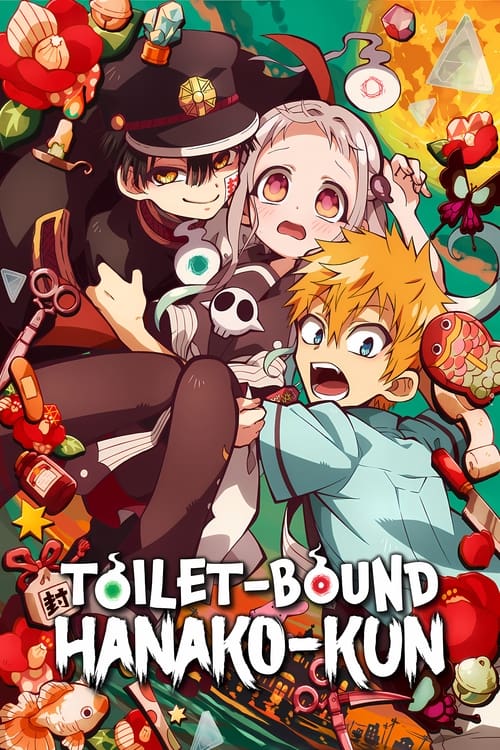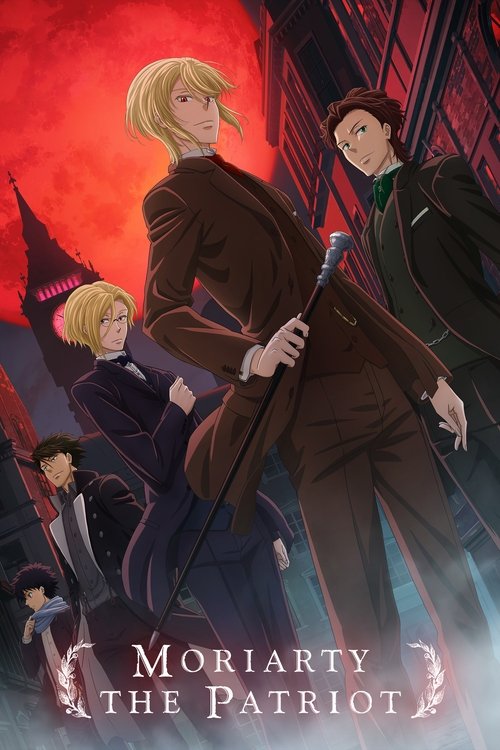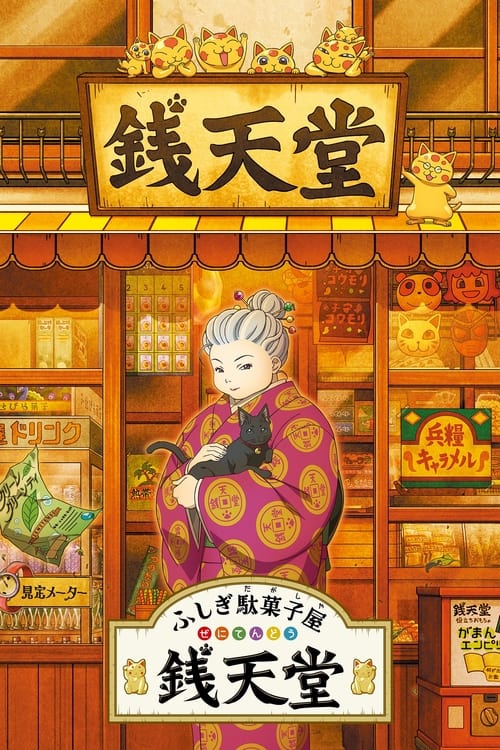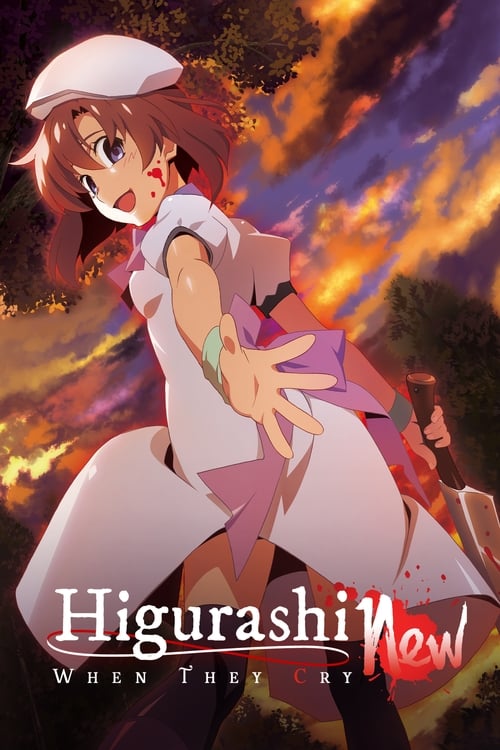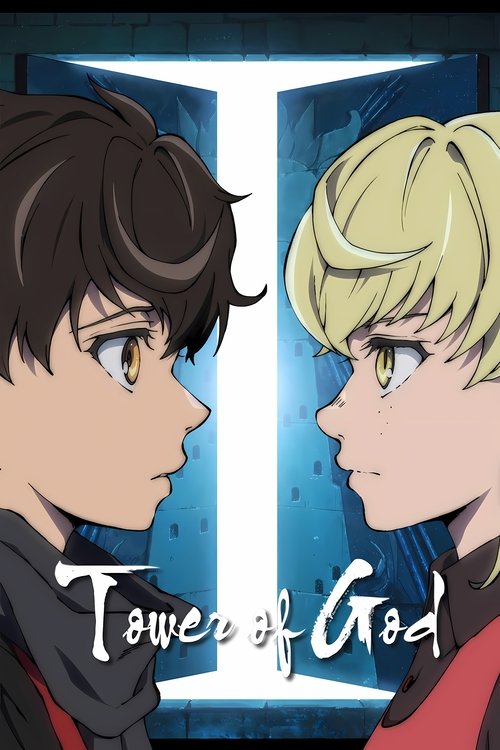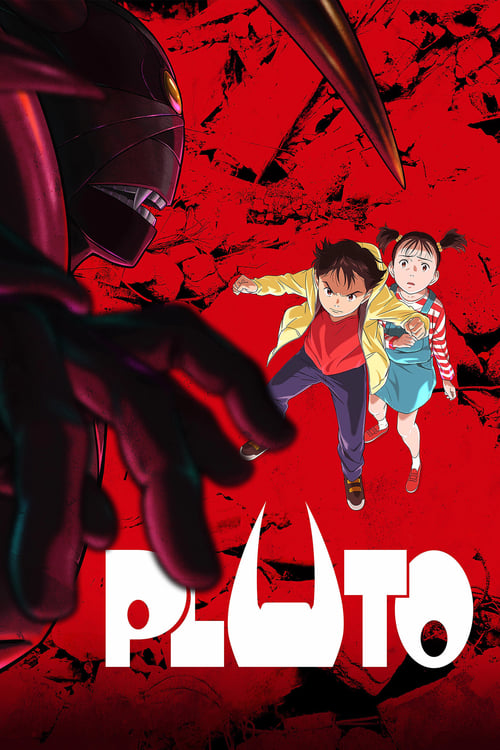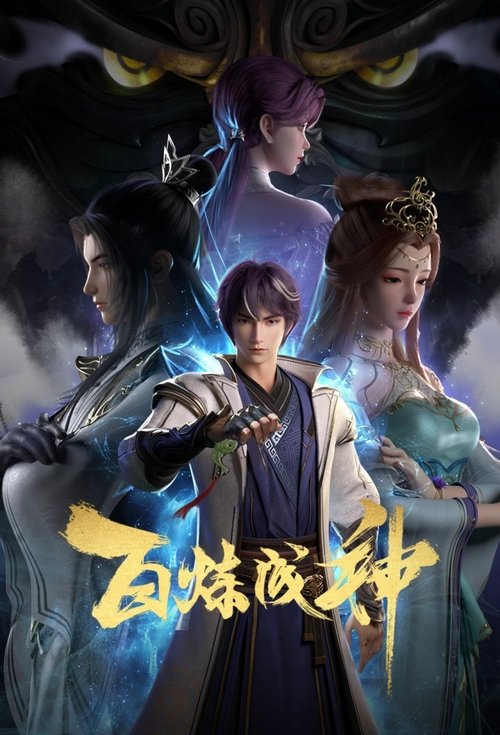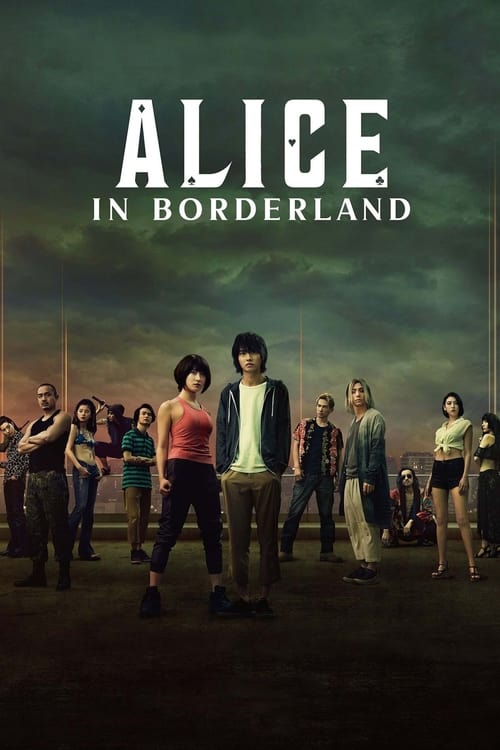
Ask Your Own Question
What is the plot?
In the year 2021, "Mukou no Hate" begins with a serene yet haunting landscape, where the protagonist, a young woman named Kaho, is introduced. She lives in a small, isolated village surrounded by mountains. The village is steeped in tradition and folklore, particularly surrounding the mysterious "Hate," a place said to be beyond the mountains where the dead reside. Kaho is shown to be deeply connected to her family, especially her younger brother, Haru, who is curious and adventurous.
One day, while exploring the woods, Haru goes missing. Kaho, filled with dread and desperation, searches for him but finds no trace. The villagers rally to help, but as days pass, hope begins to dwindle. Kaho's emotional state shifts from determination to despair, and she feels an overwhelming sense of guilt for not protecting her brother. During this time, she begins to experience strange dreams that seem to connect her to Haru, hinting that he may be in a realm beyond their own.
Driven by her dreams, Kaho decides to venture beyond the mountains, despite warnings from the villagers about the dangers that lie ahead. She prepares for her journey, gathering supplies and saying goodbye to her family, who are torn between supporting her and fearing for her safety. As she sets off, the landscape shifts from familiar woods to treacherous terrain, symbolizing her transition into the unknown.
As Kaho climbs the mountains, she encounters various challenges, including harsh weather and steep cliffs. Each obstacle tests her resolve and determination. During her ascent, she meets a mysterious figure named Riku, who claims to have knowledge of the Hate and offers to guide her. Kaho is initially wary of Riku, sensing a hidden agenda, but her desperation for answers compels her to accept his help.
Riku leads Kaho to a hidden cave that serves as a portal to the realm of Hate. Inside the cave, Kaho experiences vivid visions of her brother, which intensify her emotional turmoil. She sees glimpses of Haru in a shadowy world, calling out to her. Riku explains that the realm is a place where lost souls wander, and Kaho must confront her fears to reach Haru. This revelation deepens Kaho's internal conflict, as she grapples with the possibility of losing her brother forever.
Upon entering the realm of Hate, Kaho is met with a surreal landscape filled with echoes of the past. She encounters other lost souls, each with their own stories of longing and regret. Kaho's heart aches as she realizes the depth of their sorrow, and she begins to understand the weight of her own grief. As she navigates this emotional labyrinth, she faces manifestations of her fears, including visions of her brother in pain.
Kaho's journey through the realm is fraught with challenges that force her to confront her guilt and insecurities. She faces a pivotal moment when she must choose between pursuing her brother or helping another lost soul find peace. This decision weighs heavily on her, as she realizes that her actions have consequences not only for herself but for others as well. Ultimately, she chooses to help the lost soul, which leads to a moment of clarity and strength within her.
As Kaho continues her search, she finally reaches a confrontation with the embodiment of Hate, a dark figure that represents her deepest fears and regrets. This figure taunts her with visions of her brother suffering, trying to break her spirit. In a climactic moment, Kaho draws upon her love for Haru and the memories of their bond, which empowers her to confront the darkness. She fights back against the embodiment, using her emotions as a weapon.
In the aftermath of the confrontation, Kaho finds herself in a serene space where she finally reunites with Haru. The emotional reunion is bittersweet, as they share their feelings of love and loss. Haru reveals that he has been trapped in the realm, unable to move on due to Kaho's lingering guilt. This revelation forces Kaho to confront her own feelings of inadequacy and the need to let go.
Kaho makes the heart-wrenching decision to allow Haru to move on, understanding that holding onto him would only keep him trapped. They share a final moment of connection, filled with love and understanding, before Haru fades away into the light. Kaho is left with a profound sense of loss but also a newfound strength and acceptance of her emotions.
Emerging from the realm of Hate, Kaho returns to her village, forever changed by her journey. She carries the memories of her brother with her, but she also learns to embrace life and the connections she has with others. The villagers notice a change in her demeanor, as she begins to share her experiences and help others who are grieving. The series concludes with Kaho standing at the edge of the mountains, looking out at the horizon, symbolizing her acceptance of the past and her hope for the future.
More TV Shows Like This
Browse All TV Shows →What is the ending?
In the ending of "Mukou no Hate," the main characters confront their pasts and the choices they have made. The story culminates in a poignant resolution where they find closure and a sense of peace, leading to a bittersweet farewell.
As the final scenes unfold, we see the characters standing at a significant location that symbolizes their journey. They reflect on their experiences, the bonds they have formed, and the lessons they have learned. Each character faces their own emotional reckoning, leading to a moment of acceptance and understanding. The narrative concludes with a sense of hope, as they look towards the future, albeit with the weight of their past still lingering.
The ending of "Mukou no Hate" begins with a serene yet charged atmosphere, as the sun begins to set, casting a warm golden hue over the landscape. The main characters, who have been through a tumultuous journey, gather at a familiar spot that holds deep significance for them. This location is not just a backdrop; it represents the culmination of their struggles and the memories they have shared.
As they stand together, the air is thick with unspoken words and emotions. Each character is visibly affected by the weight of their past decisions. The protagonist, who has been on a quest for redemption, takes a deep breath, feeling the gravity of the moment. Their eyes scan the faces of their companions, each reflecting a mixture of hope and sorrow.
One by one, the characters begin to share their thoughts. The first to speak is a character who has been burdened by guilt. They express their regrets, recounting moments where they felt they had failed those they loved. Their voice trembles, revealing the vulnerability they have kept hidden throughout their journey. The others listen intently, their expressions a blend of empathy and understanding.
Next, another character, who has struggled with feelings of isolation, steps forward. They share how their experiences have shaped them, how they have learned to embrace their true self. There is a sense of liberation in their words, and the group feels a collective release as they acknowledge the importance of acceptance and support.
As the conversations flow, the protagonist reflects on their own journey. They speak of the lessons learned, the friendships forged, and the strength found in vulnerability. Their voice is steady, filled with a newfound resolve. The group begins to realize that while their pasts are filled with pain, they have also been sources of growth and connection.
The emotional climax of the scene occurs when the characters decide to make a symbolic gesture. They each take a small item that represents their past--something that has weighed them down--and place it at the base of a tree nearby. This act serves as a powerful release, a way to let go of their burdens and embrace the future. As they do this, there is a palpable shift in the atmosphere; the weight of their past begins to lift.
In the final moments, the characters share a heartfelt farewell. They embrace, tears mingling with smiles, as they acknowledge the journey they have taken together. Each character's fate is revealed in these parting moments: the protagonist sets off on a new path, determined to live authentically; the character burdened by guilt finds solace in forgiveness; and the one who felt isolated steps into a new community, ready to embrace connection.
As they part ways, the sun dips below the horizon, casting a beautiful twilight glow. The scene fades, leaving the audience with a sense of hope and the understanding that while the past may shape them, it does not define their future. The characters walk away, each carrying the lessons learned, ready to face whatever lies ahead.
Is there a post-credit scene?
In the TV show "Mukou no Hate," there is indeed a post-credit scene that adds a poignant layer to the narrative. After the final episode concludes, the screen fades to black, and a soft, melancholic piano melody begins to play.
The scene opens with a serene view of the countryside, bathed in the warm glow of the setting sun. The camera slowly pans over a field of wildflowers, their colors vibrant against the golden light. As the music swells, the focus shifts to a solitary figure standing at the edge of the field. It is the protagonist, who has undergone significant growth throughout the series.
In this moment, the character reflects on their journey, their face a mixture of hope and lingering sadness. The internal conflict is palpable; they are torn between the memories of past struggles and the promise of a new beginning. The character kneels down to touch the flowers, a symbol of resilience and beauty that has emerged from hardship.
As the camera zooms in on their face, a single tear rolls down their cheek, but it is accompanied by a faint smile, suggesting acceptance and the possibility of healing. The scene captures the essence of the series--an exploration of loss, love, and the strength to move forward.
The final shot lingers on the character as they stand up, taking a deep breath, and turning to walk away from the field, symbolizing their readiness to embrace the future. The screen fades to black once more, leaving viewers with a sense of closure and hope, encapsulating the emotional journey of the series.
What is the significance of the character Kenta's journey throughout the series?
Kenta's journey is central to the narrative, showcasing his evolution from a troubled youth to a more self-aware individual. His struggles with family expectations and personal identity drive much of the emotional weight in the story. As he navigates relationships and confronts his past, viewers witness his internal conflicts and growth, particularly in his interactions with his estranged father and his friends.
How does the relationship between Kenta and his father develop over the course of the series?
The relationship between Kenta and his father is fraught with tension and unresolved issues. Initially, Kenta feels abandoned and resentful towards his father, who is portrayed as emotionally distant. As the series progresses, pivotal moments force them to confront their past, leading to emotional confrontations that reveal deeper layers of their bond. The climax of their relationship occurs in a heartfelt scene where they finally communicate their feelings, allowing for a tentative reconciliation.
What role does the character Yuki play in Kenta's life and development?
Yuki serves as a catalyst for Kenta's transformation. As a supportive friend, she encourages him to confront his fears and insecurities. Her unwavering belief in his potential helps him to see himself in a new light. Their relationship evolves from friendship to a deeper emotional connection, highlighting themes of love and acceptance. Yuki's own struggles with her family add complexity to her character, making her a relatable figure in Kenta's journey.
What are the key events that lead to Kenta's realization about his own identity?
Key events that lead to Kenta's realization include a series of flashbacks that reveal his childhood experiences, particularly moments of rejection and acceptance. A pivotal scene occurs during a school project where he must confront his fears of inadequacy. Additionally, a confrontation with a childhood bully forces him to stand up for himself, marking a turning point in his self-perception. These moments culminate in a powerful scene where he embraces his true self, symbolized by a significant choice he makes regarding his future.
How does the setting influence the characters' experiences and growth in Mukou no Hate?
The setting, a small coastal town, plays a crucial role in shaping the characters' experiences. The town's close-knit community creates a backdrop for both support and conflict, as characters navigate their relationships within a confined space. The natural beauty of the coastline contrasts with the emotional turmoil the characters face, symbolizing the duality of their struggles and aspirations. Key locations, such as the local beach and Kenta's family home, serve as significant sites for character development and pivotal plot moments.
Is this family friendly?
"Mukou no Hate," produced in 2021, is a drama that explores deep emotional themes and complex relationships. While it is not explicitly designed as a children's show, it does contain elements that may be suitable for older audiences. However, there are several potentially objectionable or upsetting aspects that could affect children or sensitive viewers:
-
Themes of Loss and Grief: The show delves into the emotional turmoil surrounding loss, which may be distressing for younger viewers or those who have experienced similar situations.
-
Family Conflict: There are intense scenes depicting family disagreements and emotional confrontations that could be uncomfortable for sensitive viewers.
-
Mental Health Struggles: Characters grapple with mental health issues, including depression and anxiety, which are portrayed in a raw and realistic manner.
-
Violence and Threats: While not graphic, there are moments of implied violence and threats that could be unsettling.
-
Emotional Turmoil: The characters experience significant emotional distress, which may resonate deeply and evoke strong feelings in viewers.
-
Complex Relationships: The portrayal of complicated relationships, including betrayal and heartbreak, may be difficult for younger audiences to fully understand.
Overall, while "Mukou no Hate" offers rich storytelling and character development, its emotional depth and mature themes may not be suitable for all children or sensitive individuals. Viewer discretion is advised.












